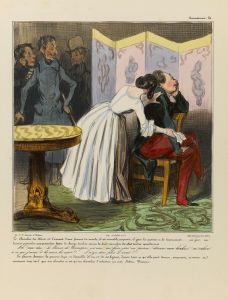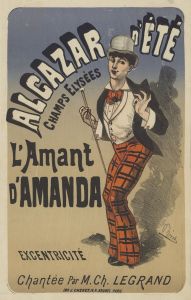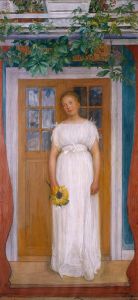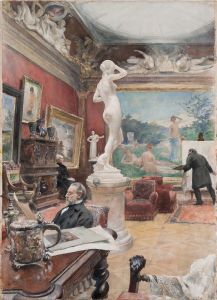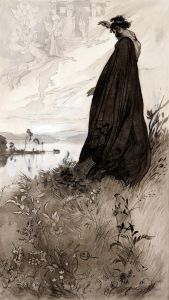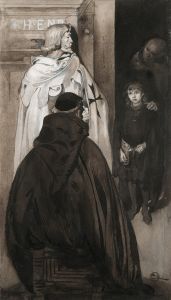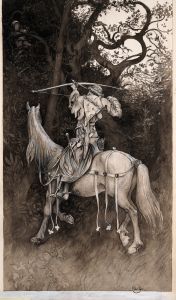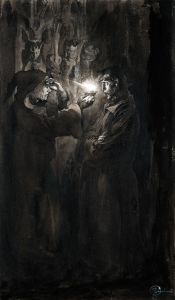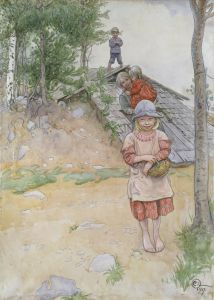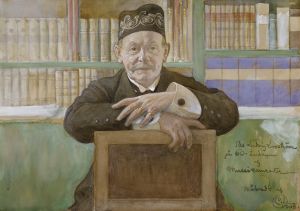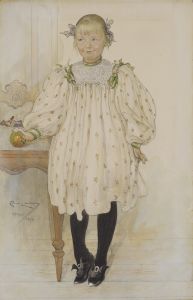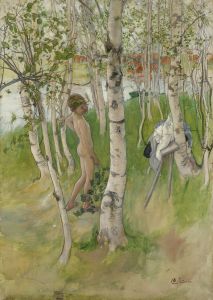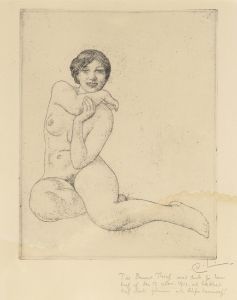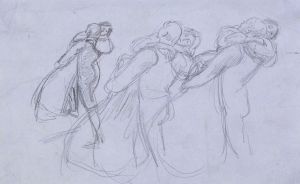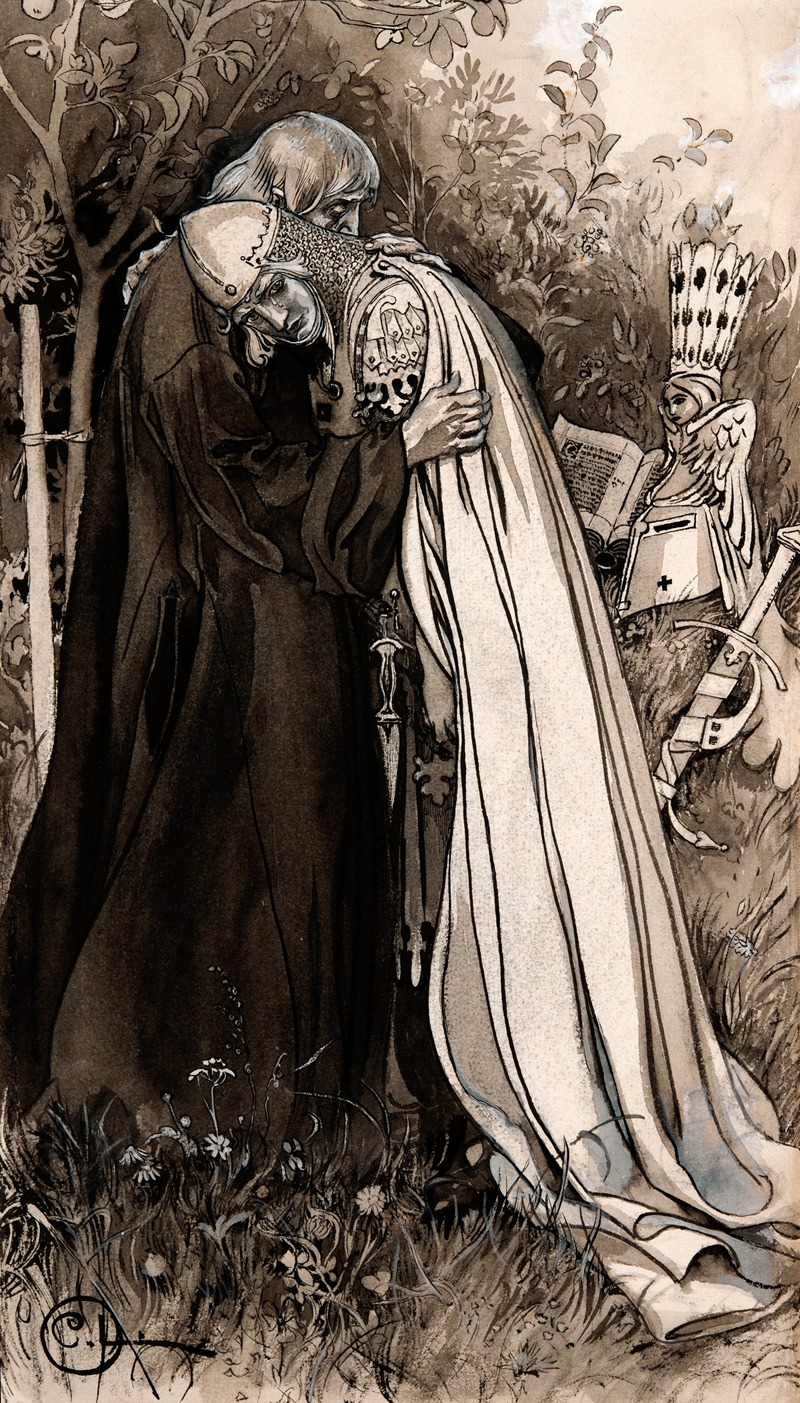
Illustration to ‘Singoalla,The Wind Is My Lover’ by Viktor Rydberg
A hand-painted replica of Carl Larsson’s masterpiece Illustration to ‘Singoalla,The Wind Is My Lover’ by Viktor Rydberg, meticulously crafted by professional artists to capture the true essence of the original. Each piece is created with museum-quality canvas and rare mineral pigments, carefully painted by experienced artists with delicate brushstrokes and rich, layered colors to perfectly recreate the texture of the original artwork. Unlike machine-printed reproductions, this hand-painted version brings the painting to life, infused with the artist’s emotions and skill in every stroke. Whether for personal collection or home decoration, it instantly elevates the artistic atmosphere of any space.
Carl Larsson, a prominent Swedish painter and illustrator, created the artwork titled Illustration to ‘Singoalla, The Wind Is My Lover’ by Viktor Rydberg. This piece was inspired by the novel Singoalla (1857) written by Viktor Rydberg, a renowned Swedish author, poet, and cultural figure. The novel is a romantic and tragic tale that explores themes of love, cultural conflict, and fate, set in a medieval Scandinavian context. Larsson's illustration reflects his ability to capture the emotional depth and atmosphere of literary works, a skill for which he was widely celebrated.
Carl Larsson (1853–1919) was known for his contributions to the Arts and Crafts movement and his distinctive style, which combined elements of Romanticism and Realism. His works often depicted idyllic scenes of Swedish life, family, and nature, but he also created illustrations for literary works, showcasing his versatility as an artist. The illustration for Singoalla demonstrates Larsson's talent in translating written narratives into visual art, emphasizing the mood and essence of the story.
The specific scene or moment depicted in Larsson's illustration for Singoalla is not widely documented, but it is likely that the artwork captures a key emotional or symbolic aspect of the story. The novel itself tells the story of the love between Singoalla, a Romani girl, and Erland, a Swedish nobleman, whose relationship is tested by societal pressures and tragic circumstances. Larsson's work may have been intended to evoke the romantic and melancholic tone of the narrative.
This illustration is part of Larsson's broader body of work, which includes paintings, drawings, and illustrations that have become iconic in Swedish art history. While Larsson is perhaps best known for his depictions of domestic life and his watercolor series of his home in Sundborn, his literary illustrations also hold an important place in his artistic legacy.
Further details about the specific context, medium, or reception of this particular illustration are not readily available in historical records. However, it remains an example of Larsson's engagement with Swedish literature and his ability to bring stories to life through his art.





